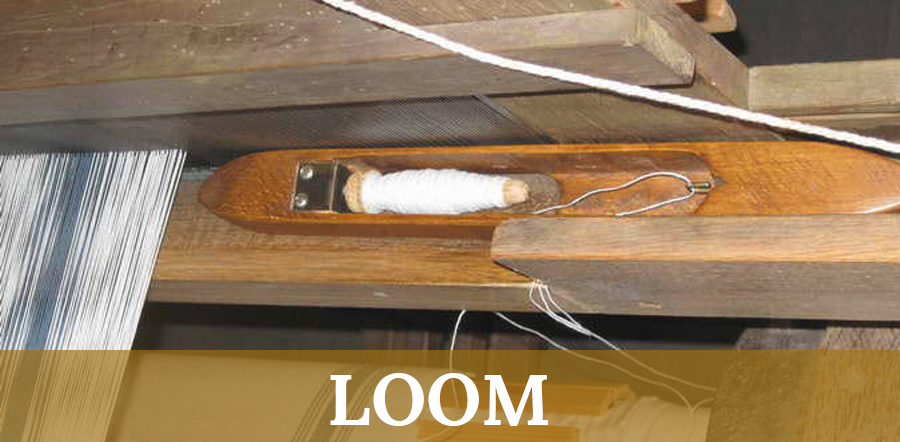-
Fabrics & Design
-
Supply & Sampling
-
Webshop
-
About Tootal
Textile literally means 'that which has been woven'. It derives from the Latin word 'texere', which means 'to weave'. As you may know textile developed fastly through the years. Read more to find out how it all began.
How it all began
The development of spinning and weaving began in ancient Egypt around 3400 before Christ (B.C). The tool originally used for weaving was the loom. From 2600 B.C. onwards, silk was spun and woven into silk in China. Later in Roman times the European population was clothed in wool and linen.

Textile home industry
Textile was at first a product of home industry. People produced textile to meet their own needs. Once production exceeded their own needs, the textiles were traded for other goods.
In the Middle Ages broadcloth became popular and the broadcloth industry clustered in particular in northern France, Flanders and in the Netherlands. Broadcloth was wear-free, water and soil release, and long-lasting whilst requiring little care.
Industrialisation of textile production
The production of broadcloth was first industrialised in Leiden, Holland. A transition took place from working at home to market-oriented production and mechanisation. Inventions like the flying shuttle and the spinning machine made cheap mass production possible in the United Kingdom.
Around 1780 textile could be produced more cheaply and in much larger quantities, thanks to the mechanical driven loom (steam engine). This was necessary because the population was growing exponentially. During the Industrial Revolution various technological inventions led to different role for the worker in the process. The weaving process turned into a processing industry.
At the end of the 19th century the first synthetic fibres were made and the discovery of nylon and later, for example, polyester followed in the 20th century.
The composition of textiles
Textile consists of filaments or fibres. Filament is a synthetic fibre. Synthetic fibres are formed by spraying a syrupy liquid under high pressure through the spinnerets. With this method endless yarns are created which are ready for production.
Fibres are formed through short, twisted fibres. When these fibres are twisted into yarns they are ready for production.
Through these two types of textile we can divide the raw materials into:
To make textile, you need yarns or filaments. Fabric is processed by knitting or weaving, thus creating a cloth. This fabric is made into textile products.
Textiles nowadays
These days synthethic fibres are still being invented. Therefore durability is becoming a more important factor as well. Nevertheless, the large majority of textile products continue to be made from natural materials. The cotton shirt has become an indispensable feature in the world of textiles.
For more information or questions concerning our fabrics, feel free to contact us via [email protected] or by phone +31 (0)53 428 6200.